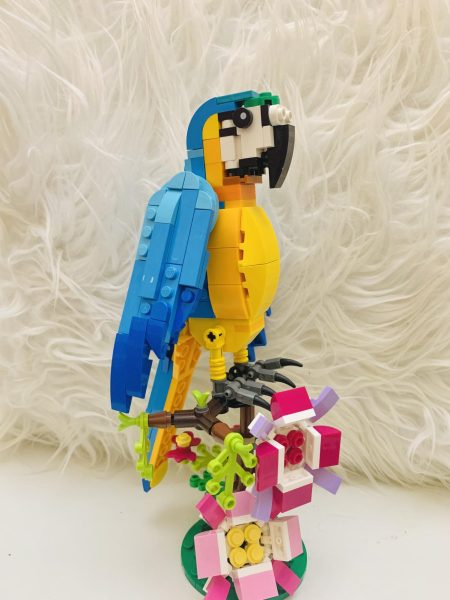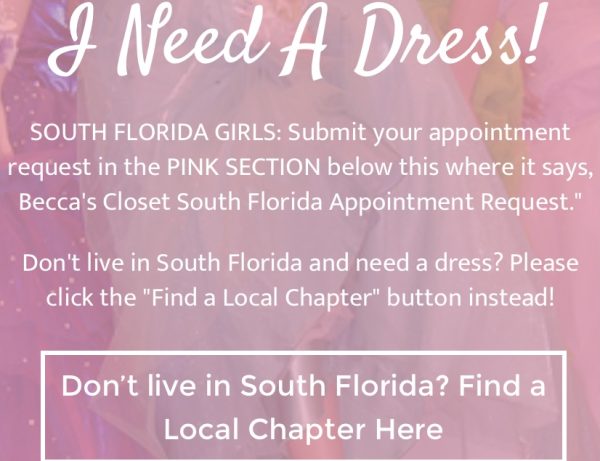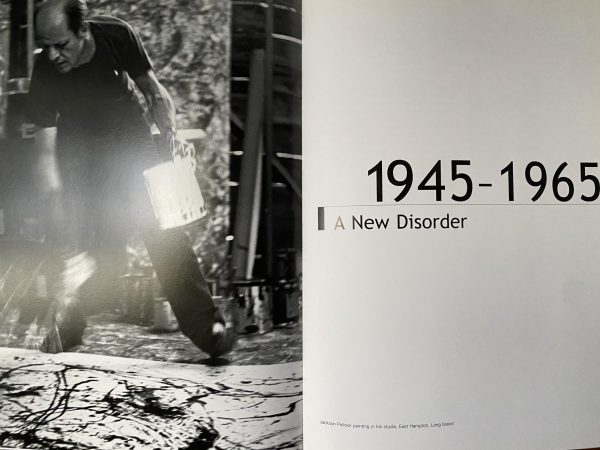Pick It Up and Play
February 28, 2017
The guitar is an instrument that mystifies many people. The sound, looks, and idea of being able to play along to your favorite songs prompts many people to pick up the six stringed sonic weapon. Picking up a guitar and learning to play is an endeavor that most people face with extreme adversity. The hand eye coordination, precision of hitting the strings, and knowing exactly where your fingers are supposed to fall is a daunting challenge for beginners. However, there are a few critical aspects that can make every new player’s first encounter with the guitar a whole lot easier.
I have been playing guitar since I was eight years old after my dad first turned me onto the instrument. Since then, I’ve built my own custom guitar and recorded original music both at home and here at Santaluces in the studio. I have even had the opportunity to play with a live band at a local bar. Buying, building, selling, playing, setting up, and learning more about guitars is something that has just become part of me. The feeling I get when I master one of my hero’s solos, or listen to my own playing back through my headphones, is indescribable. There is something about creating and playing music on the guitar that is so inspiring and uplifting. The more you learn and play, the more time you want to spend with a guitar. For me, every time I strum a chord, my ears beg for more. Whether some people think it’s an obsession or an interesting hobby, I take pride in all that I’ve learned and come to know about this instrument.
Any new guitar player’s first step in learning the instrument is obviously to get a guitar. The most common question when purchasing one is what exactly to buy and how much to spend. It can be quite confusing walking into a music store and seeing one guitar for $150 and an almost identical one for $5,000. While budget will not dictate whether you can start playing or not, the saying “you get what you pay for” fully applies. A slightly more expensive guitar will be made of higher quality woods and have hardware that is sturdier and more reliable. A lot of people will tell you to buy the the one that “feels right in your hands,” but beginners do not exactly know what they are looking for. Researching the type of music you want to play and finding a guitar that is tailored more towards that style of playing will work wonders.
It is also very critical for all new guitar players to understand that they will never sound like the people they wish to emulate. This was the hardest aspect for me to overcome, and it still gets to me from time to time. No matter how much you practice, you will never sound like Jimi Hendrix. You will never sound like Eric Clapton. You will never sound like B.B. King. Every player has a unique sound. You can play like your favorite players, but it is important to embrace your own sound. After all, the reason why the legendary players become so recognized is because of their new, or sometimes revolutionary, approach to the instrument.
I have heard many stories of people giving up on learning to play guitar shortly after picking it up. Aside from the guitar itself, the setup is the most important part. New players will pick it up and assume that is how it should feel and that you can’t change it. There are so many adjustments and tweaks you can do to a guitar to make it easier to play and more comfortable. It is like tuning up and maintaining a car. You wouldn’t drive your car without regular maintenance, and guitars need setups and maintenance as well. An easy adjustment to make the guitar play better is the action. The action is how high the strings sit above the neck, and is essentially how far you have to press the string down to fret the note. Lower action means it is easier to fret the note and is less straining on your fingers. Also, using lighter gauge (thinner) strings will make them easier to play. It is also important to change strings often. If they are rusted or visibly corroded, it is time to change them.
The question of what to play when first picking up the guitar also stumps many prospective players. While everyone just wants to play their favorite guitar solo they hear on the radio, that just isn’t practical. Many teachers preach learning scales and practicing exercises which is no doubt a great approach to learning the fundamentals. I learned primarily from YouTube, which is really the greatest resource any musician has these days. Detailed lessons for any song you can think of are at your fingertips. I watched lessons for my favorite songs and practiced for hours, getting each note and riff down precisely. You do not have to start with the agonizing music theory aspect of the guitar. The myth that beginners have to start with difficult and confusing exercises and not songs deters many people from picking up the guitar. Learning songs will naturally teach your ears and fingers certain techniques. This is not to say that basic music theory is something to avoid altogether, as it becomes very important to advanced players down the road.
Even with these tips and advice, practice is not something you can set up, learn, or buy your way around. It is difficult and frustrating in the beginning. If you can consistently practice a song or technique even for just a week, you will see exponential progress. Once you learn to accept your progress, even if it is minute, you will climb over the hump of being a beginner. Learning the instrument is perpetual, which is why playing guitar is so rewarding. There is no finish line in terms of learning, interpreting, and discovering new ways to play the guitar.












